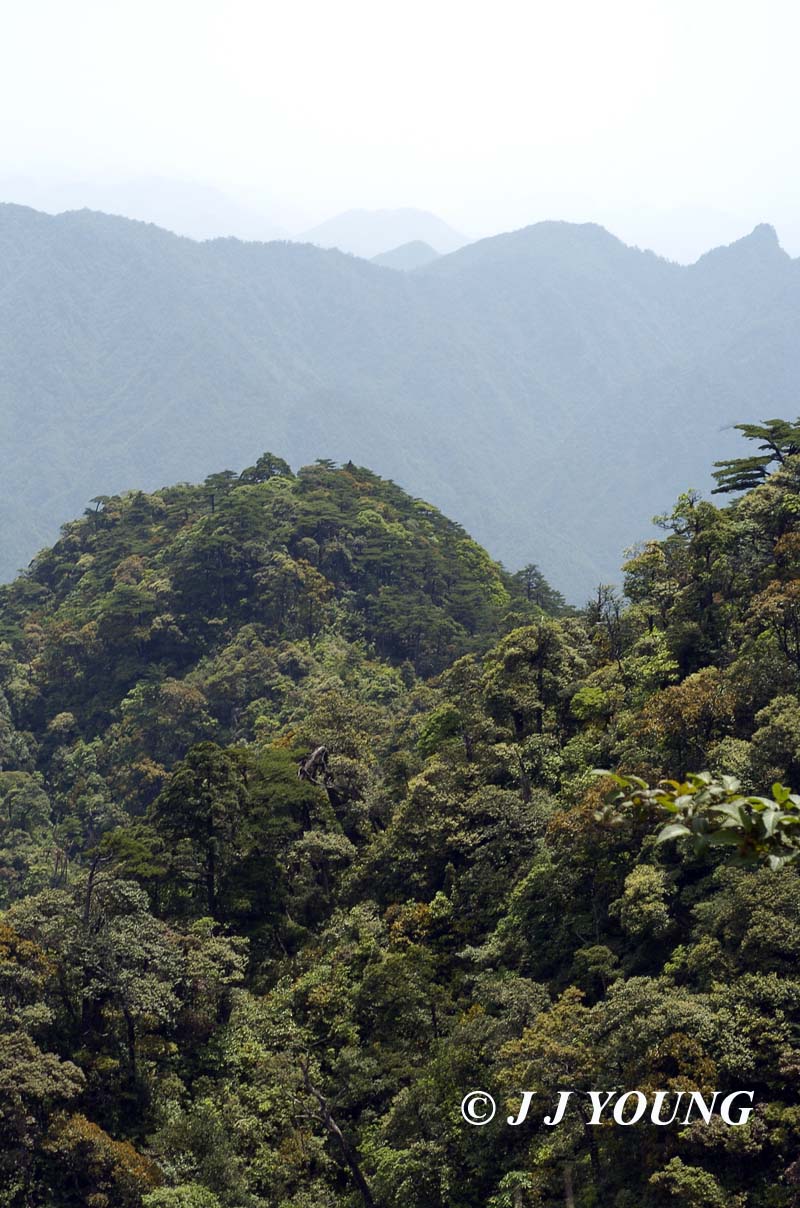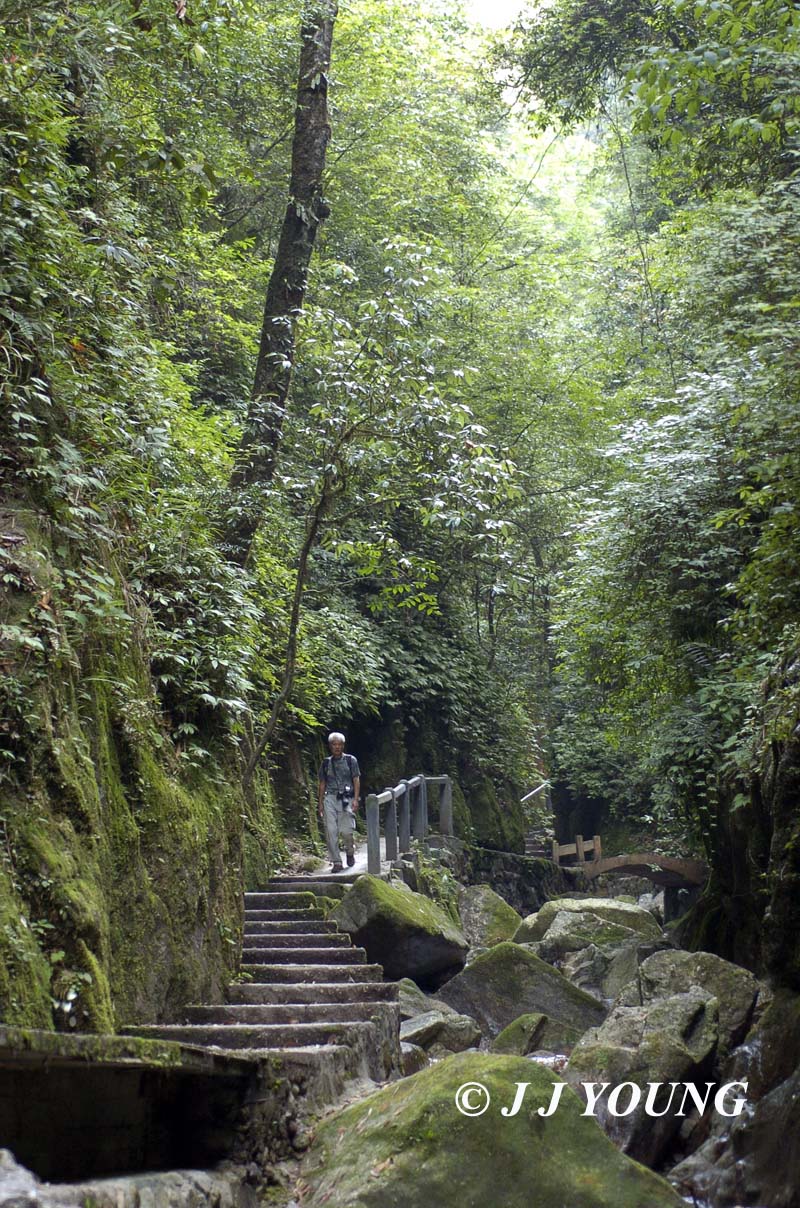A good sighting of butterflies will
always be marked as a place worth visiting again.
I have not gone back to the Nanling National
Forest Reserve in Guangdong for quite sometime. When June came, the
call of the Euthalia ssp. was hard to resist.
In my previous visits, there were so many of them flying
around. There were at least six species commonly seen along the
pathways, particularly the golden Euthalia nara Moore 1859, Euthalia pratti
Leech 1891 and Euthalia thibetana Poujade 1885. Sad to
say, they had been hunted down by locals for 10 cents each to make into
bookmarks, a project of the Government
owned insect “museum� in the Ru Yang town. They appeared to return in
large numbers this year but nothing compares to their density in the
good old days.
|
|
The mountain range of
Nanling National Forest Reserve |
I
succumbed to the temptation and embarked on a trip last May and June.
The sight of the beautiful Theclini in May and the robust Euthalia for June were enough motivation
and I was not disappointed.
A
week long plan for May was reduced to two days due to the generous
downpour which was not surprising. May is always the rainy season. Even though
the trip was cut short, I beat the
downpour with one good clear day , a bright day for butterflies. For the June trip, it was
surprisingly excellent and we had five good sunny days for butterfly
watching.
Nanling is a very special place. I had been to so
many places and I can say that Nanling is surely one
butterfly paradise that you can find so close to Hong Kong. Of course, Hong
Kong is the best place for butterflies, with high concentration of
butterflies clamped in a tiny 1,000 sq. km. But
Nanling has the best of both temperate species as well as subtropical
ones. Every time I go I will see new butterflies and add new local
records for Nanling. There will be many new species to be discovered
even new for scientific research.
P.C. Lee took the luxury to join me in June. P.C. always said that he was a “black boy� �
(bad luck). In this instance, he proved himself wrong. He brought luck
not only to me but to all of us, as we were joined by Cheni and his friend � an ant
enthusiast after our second day of our arrival. They came from
Guangzhou.
During the five `short � days, we visited Shek Hang
Mei or the “Little Hwang Shan�, Group of Waterfalls, Cable Hill and the
Plant Specimen Garden. We did not wander to Shek Hang Hung, the highest
point in Guangdong rising up to over 1,900 m.
The distance of the walk to and from Shek Hang
Mei, and the hike, had
already sent chill to P.C. who has been suffering from
sore legs for some time. I see the painful look in his face every
now and then, but the grimace quickly disappears the
moment he sees butterflies!
|
|
|
| P.C. walking down the foot path in the Group of Waterfalls | Another corner of the Waterfalls |
Over 100
species were seen and 2000 pictures taken.
Time went by so quickly, and again, it was
time to return home. Nanling, for all that it has to offer, will
definitely be earmarked for another
butterfly watching trip next year.
Below are some beautiful butterflies and caterpillars
from Nanling:
| Ravenna nives Nire 1920 | Amblopala avidiena Hewitson 1877 | Yamamotozephyrus kwangtungensis Forster 1942 | ||||
| Yamamotozephyrus kwangtungensis Forster 1942 | Rapala nissa Kollar, 1844 | Ussuriana michaelis Oberthűr 1880 | ||||
| Can anyone guess? The host is Lonicera confusa. | Amblopala avidiena Hewitson 1877 | |||||
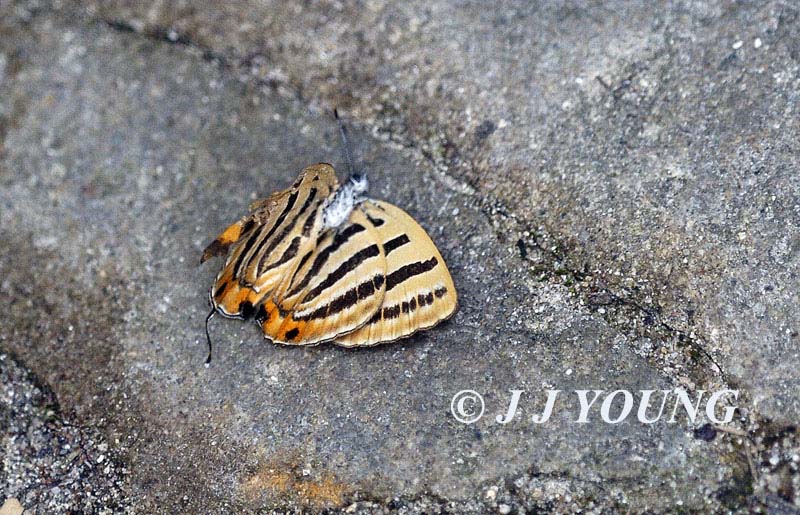 |
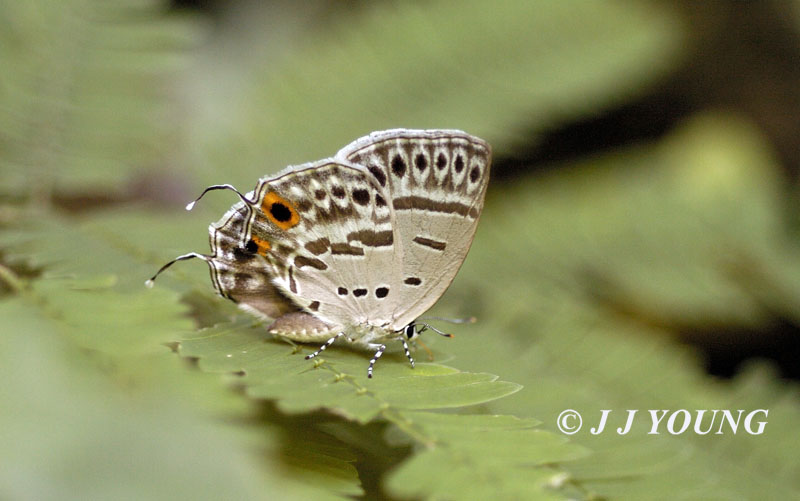 |
|||||
|
Japonica bella Hsu, 1997 (** see below) |
Satyrium spp. |
Antigius butleri Fenton, 1882 |
||||
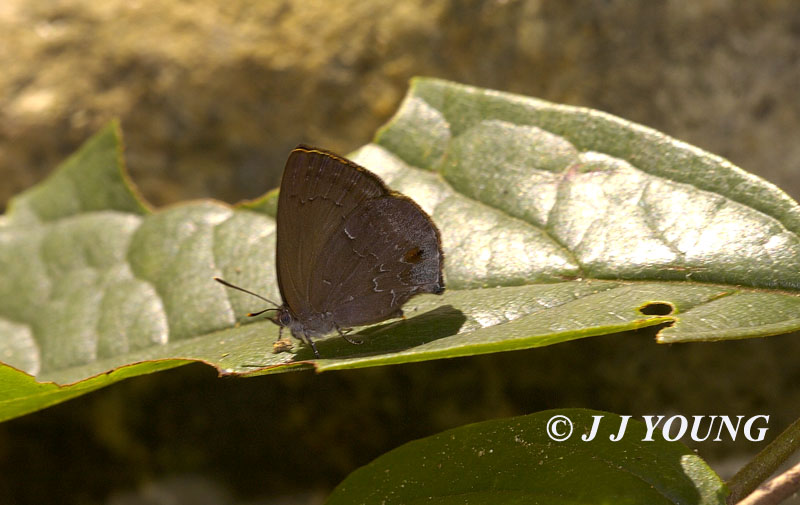 |
||||||
| Zinaspa youngi Hsu & Johnson 1998 | Barca bicolor Oberthűr 1896 | Celaenorrhinsus aurivittatus Moore 1879 | ||||
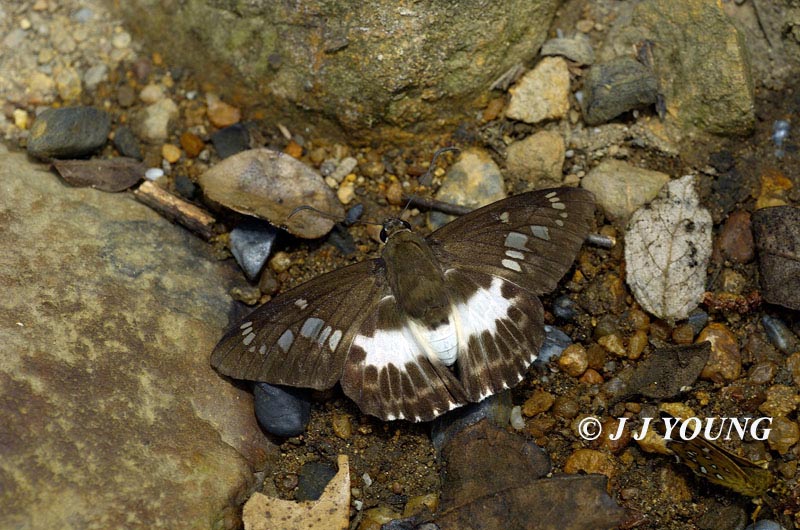 |
||||||
| Satarupa monbeigi Oberthűr 1921 | Satarupa nymphalis Speyer 1879 | |||||
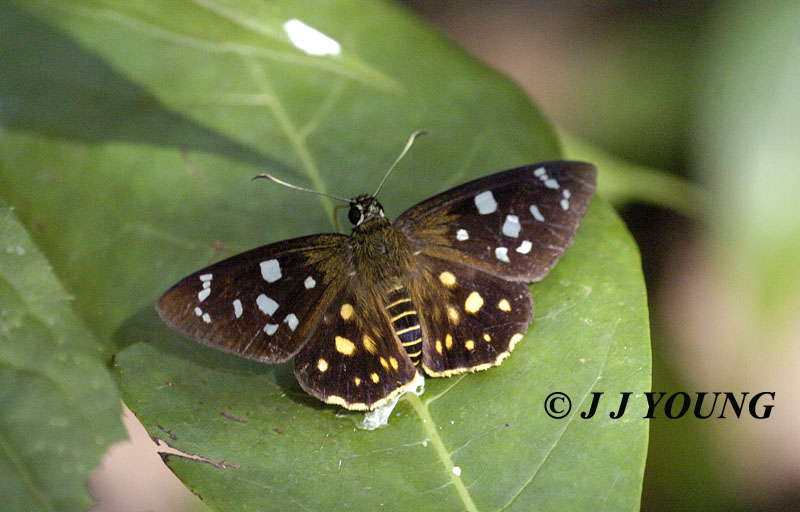 |
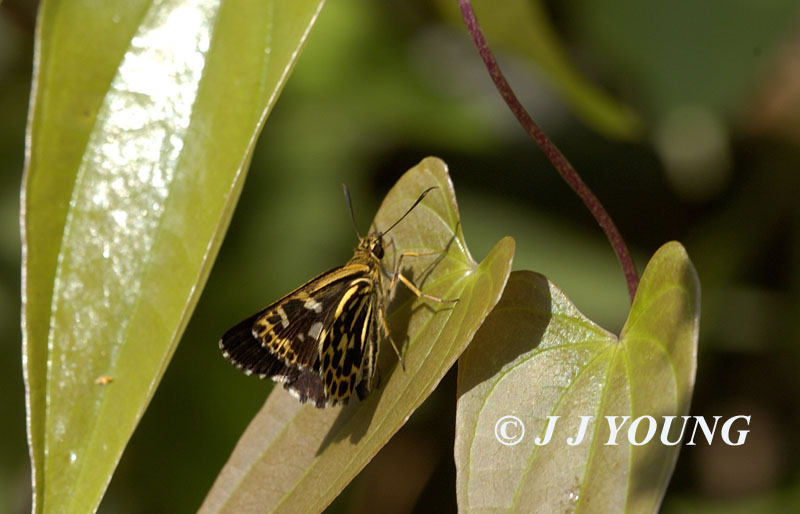 |
|||||
| Celaenorrhinsus maculosus Felder et Felder 1867 | Celaenorrhinsus aspersus Leech 1891 | Parasovia perbella Devyatkin 1996 | ||||
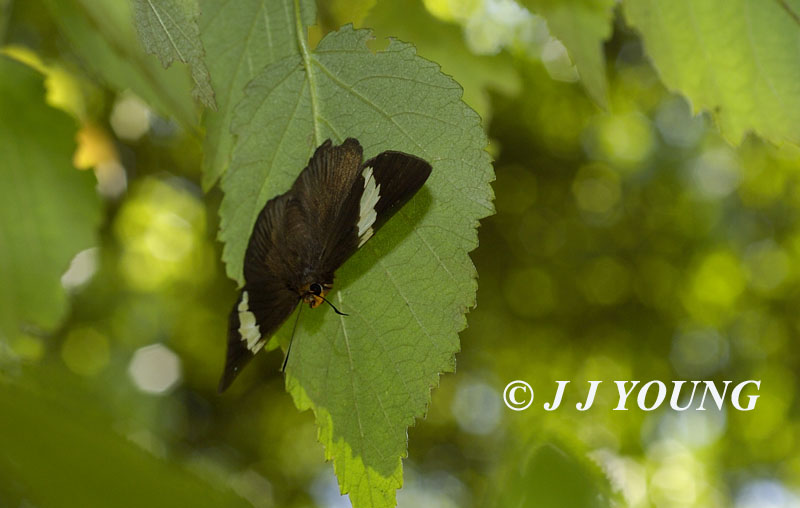 |
||||||
| Capila pieridoides Moore 1878 | Capila jayadeva Moore 1866 (?) | Abraximorpha heringi Mell 1922 | ||||
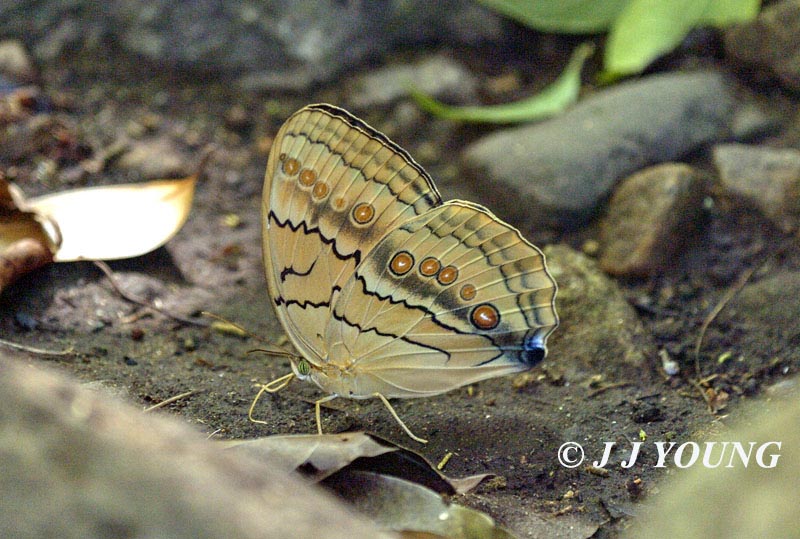 |
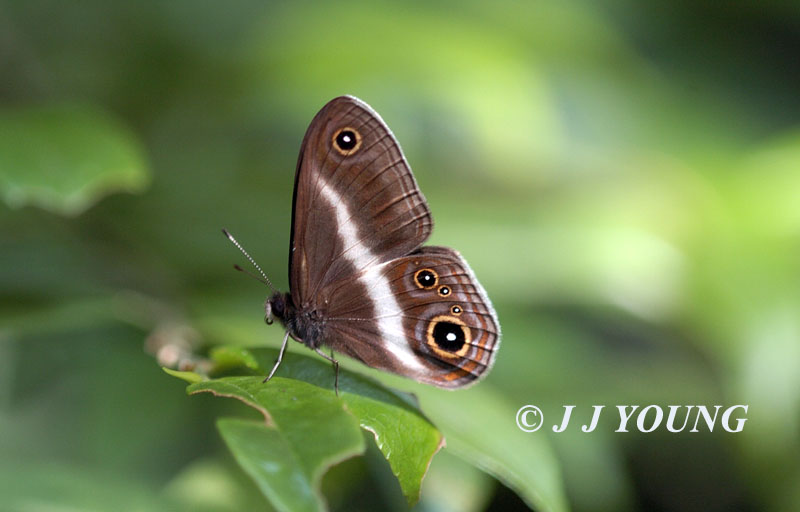 |
|||||
| Stichophthalma howqua Westwood, 1851 | Nosea hainanensis Koiwaya 1993 | Acropolis thalia Leech, 1891 | ||||
| Dercas nina Mell 1913 (male) | Gonepteryx amintha Blanchard 1871 (male) | Talbotia naganum Moore 1884 (male) | ||||
| Athyma fortuna Leech 1889 | Athyma jina Moore 1857 | Neptis speyeri Staudinger 1887 | ||||
| Neptis philyra Ménétriés 1859 | Athyma opalina Kollar 1844 | Athyma disjuncta Leech 1890 | ||||
| Neptis manasa Moore 1857 | Neptis thetis Leech 1890 | Neptis ananta Moore 1857 | ||||
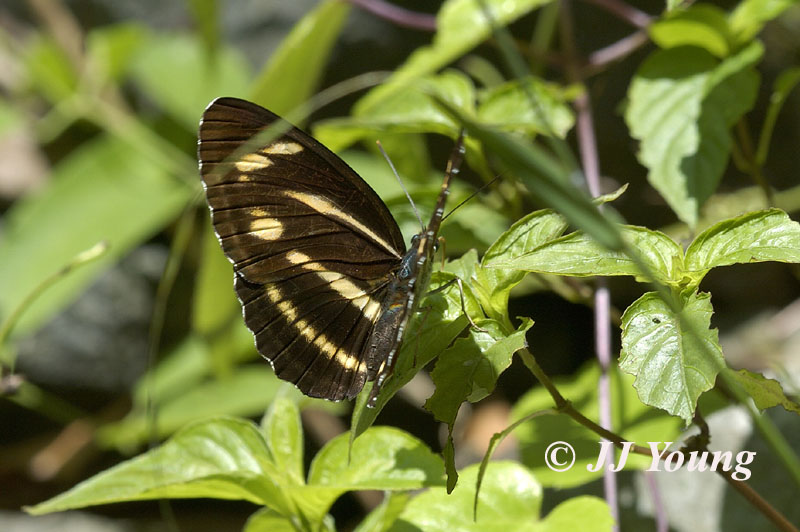 |
||||||
| Neptis spp. | Neptis guia Chou et Wang (?) | Neptis spp. | ||||
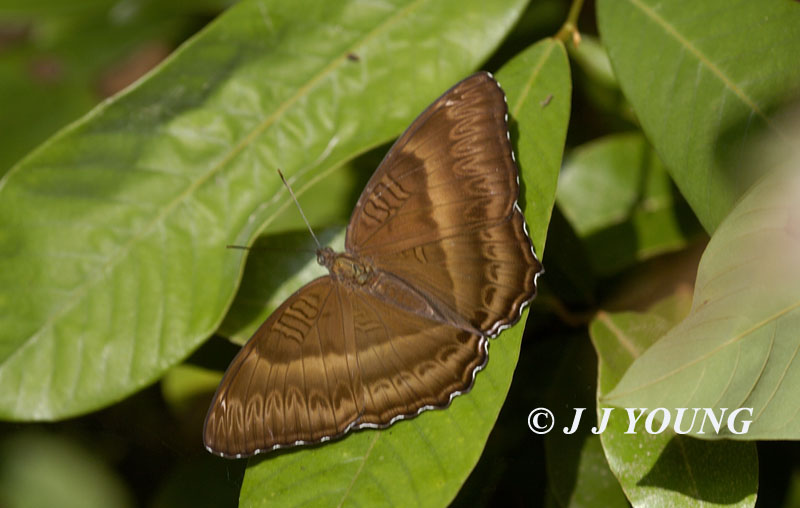 |
||||||
| Athyma punctata Leech | Bhagadatta austenia Moore 1872 | |||||
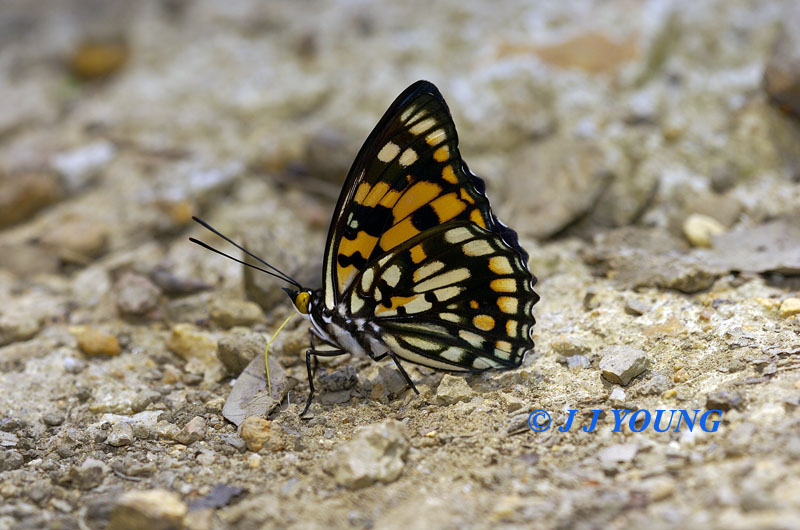 |
||||||
| Sephisa princeps Fixsen 1887 (male) | Sephisa chandra Moore 1857 (male) | Sephisa princeps Fixsen 1887 (male) | ||||
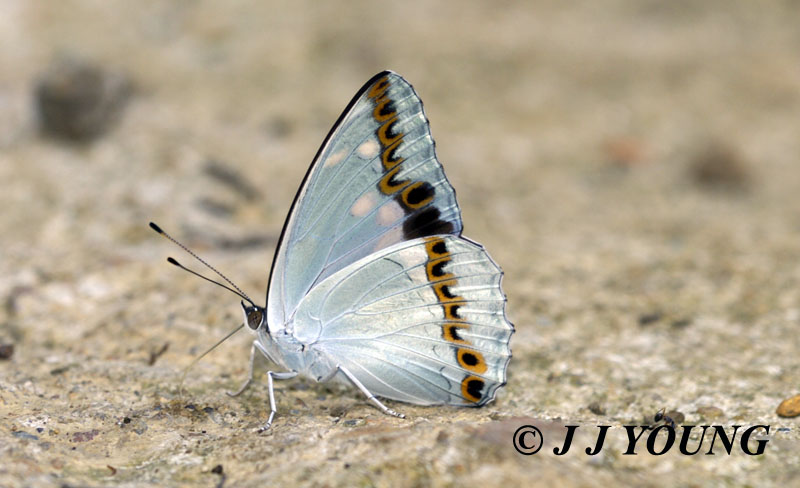 |
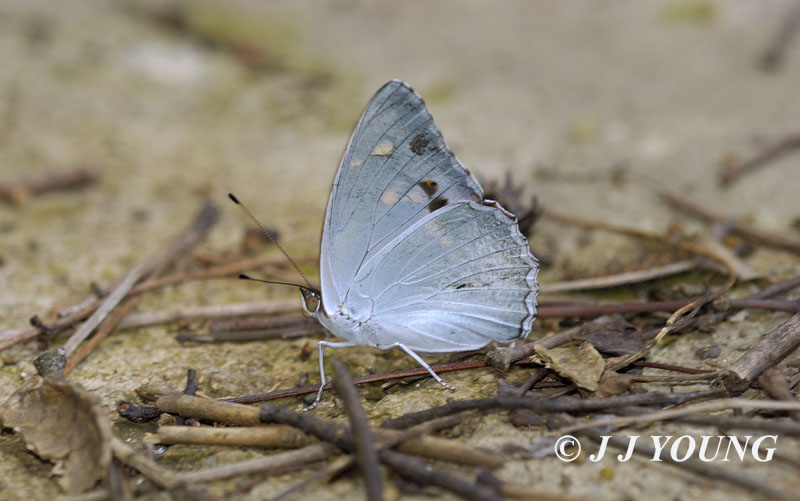 |
|||||
| Helcyra subalba Poujade 1885 (male) | Helcyra subalba Poujade 1885 (male) | Helcyra subalba Poujade 1885 (male) | ||||
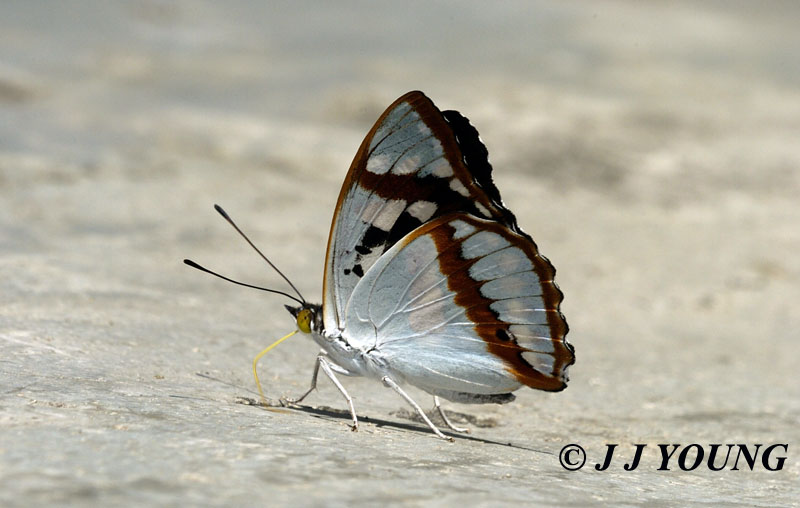 |
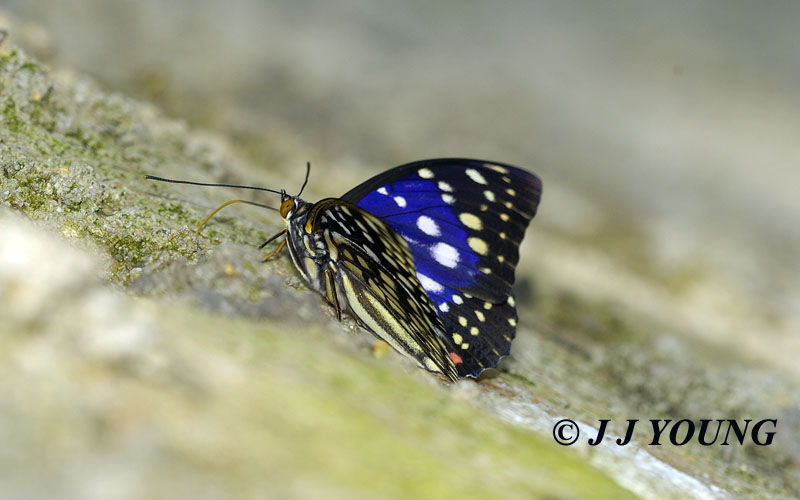 |
|||||
| Mimathyma chevana Moore 1865 (male) | Sasakia charonda Hewitson 1863 (male) | |||||
| Euthalia thibetana Poujade 1885 | ||||||
**It was found dead along the foot path in the Group of Waterfalls. Subsequently, it was also spotted in the Plant Specimen Garden. Hsu recorded it first in Guizhou Province and later in Nanling as well. I have to upload PC picture of the J. bella to show its natural beauty. I missed the chance to take this shoot. There will be a next time!
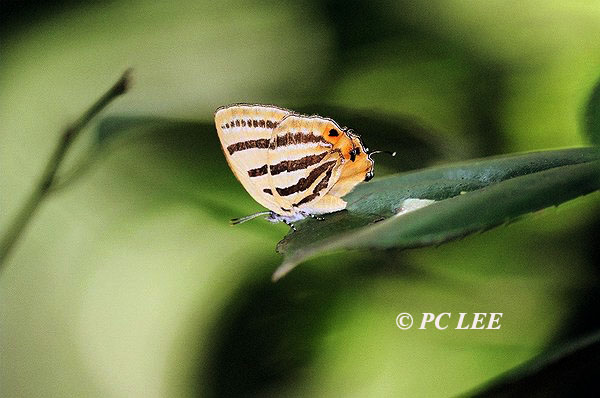 |
| Japonica bella Hsu, 1997 |
